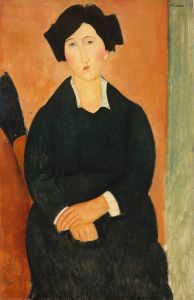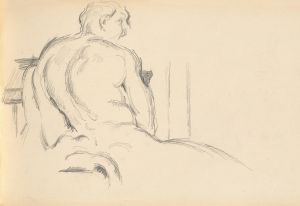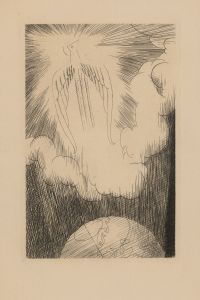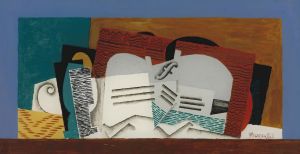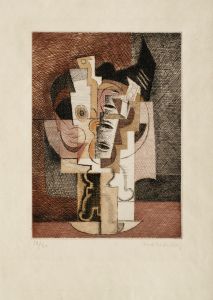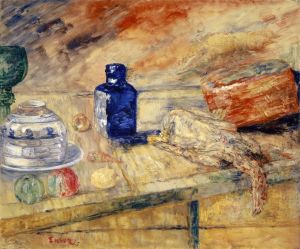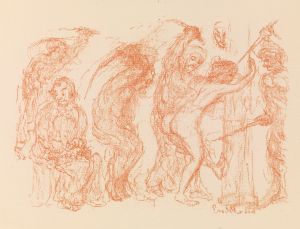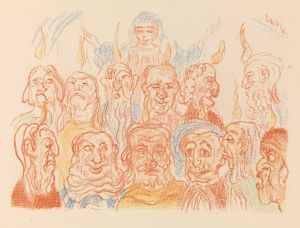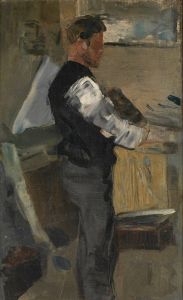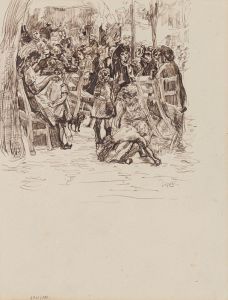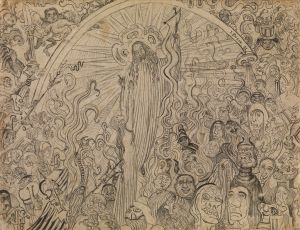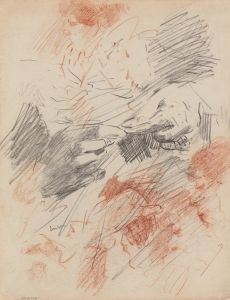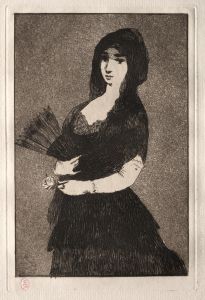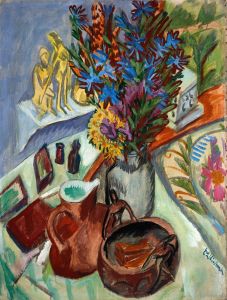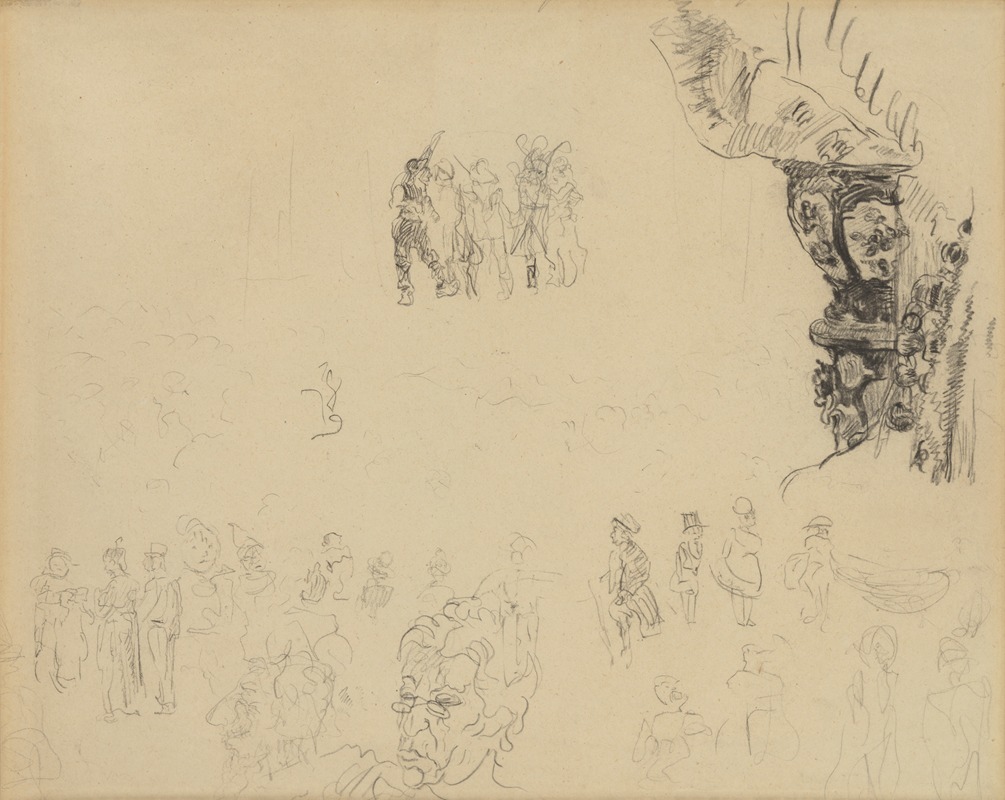
Chinese vaas en figuren
A hand-painted replica of James Ensor’s masterpiece Chinese vaas en figuren, meticulously crafted by professional artists to capture the true essence of the original. Each piece is created with museum-quality canvas and rare mineral pigments, carefully painted by experienced artists with delicate brushstrokes and rich, layered colors to perfectly recreate the texture of the original artwork. Unlike machine-printed reproductions, this hand-painted version brings the painting to life, infused with the artist’s emotions and skill in every stroke. Whether for personal collection or home decoration, it instantly elevates the artistic atmosphere of any space.
James Ensor was a Belgian painter and printmaker, an important figure in the Belgian avant-garde movement and a precursor to Expressionism and Surrealism. Born in 1860 in Ostend, Belgium, Ensor spent most of his life in his hometown, where he was deeply influenced by the local culture and the eclectic mix of objects in his family’s curiosity shop. His work is characterized by its bold use of color, innovative techniques, and often satirical or fantastical subject matter.
"Chinese Vases and Figures" is one of Ensor's works that reflects his fascination with exotic and eclectic objects. While specific details about this particular painting are limited, it is consistent with Ensor's broader body of work, which frequently incorporated elements from his surroundings, including the various artifacts and curiosities that populated his family's shop. Ensor's interest in such objects is evident in many of his paintings, where he often juxtaposed them with more traditional Western themes and motifs.
Ensor's style is marked by a unique blend of realism and fantasy, often using vibrant colors and dramatic contrasts to create a sense of movement and emotion. His work frequently includes masks and skeletons, which he used as symbols to critique society and explore themes of identity and mortality. Although "Chinese Vases and Figures" may not explicitly feature these motifs, the inclusion of Chinese elements suggests an interest in the cultural and aesthetic diversity that was becoming increasingly accessible in Europe during his lifetime.
The late 19th and early 20th centuries were a period of significant cultural exchange between Europe and Asia, with many Western artists drawing inspiration from Asian art and artifacts. This interest was part of a broader trend known as Japonism, which saw European artists incorporating elements of Japanese art into their work. While Ensor's "Chinese Vases and Figures" specifically references Chinese objects, it can be seen as part of this larger movement of cross-cultural artistic exploration.
Ensor's work was not always well-received during his lifetime, as his unconventional style and subject matter often challenged the artistic norms of the day. However, he was eventually recognized as a pioneering figure in modern art, influencing later movements such as Expressionism and Surrealism. His ability to blend the fantastical with the mundane, along with his bold use of color and form, has earned him a lasting place in the history of art.
Today, James Ensor is celebrated for his innovative approach and his ability to capture the complexities of the human experience through his art. "Chinese Vases and Figures," like many of his works, offers a glimpse into his unique vision and the eclectic influences that shaped his artistic journey. While specific details about this painting may be scarce, it remains a testament to Ensor's enduring fascination with the interplay of different cultures and the rich tapestry of objects that informed his creative world.





